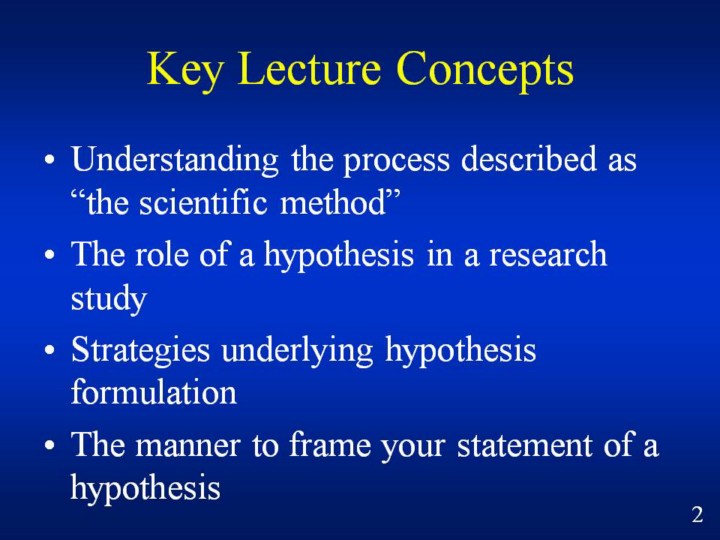| front |1 |2 |3 |4 |5 |6 |7 |8 |9 |10 |11 |12 |13 |14 |15 |16 |17 |18 |19 |20 |21 |22 |23 |24 |25 |26 |27 |28 |29 |30 |31 |32 |33 |34 |35 |36 |37 |38 |39 |40 |review |
 |
The fundamental concepts of this lecture are outlined here. We will begin by discussing the distinction between two types of epidemiology; descriptive epidemiology and analytical epidemiology. The second one-half of the class will focus to a large extent on the on concept of analytical epidemiology. This lecture begins by highlights what analytical epidemiology is and how it is distinguished from descriptive epidemiology. A fundamental concept in analytical epidemiology is the exposure and disease model. This model will be re-emphasized here.
Next, the lecture turns to specific measures of association that are used in epidemiology. The two major measures are the relative risk and odds ratio measures. The fundamental characteristics of these measures will be distinguished, and an illustration of their computation will be provided. |